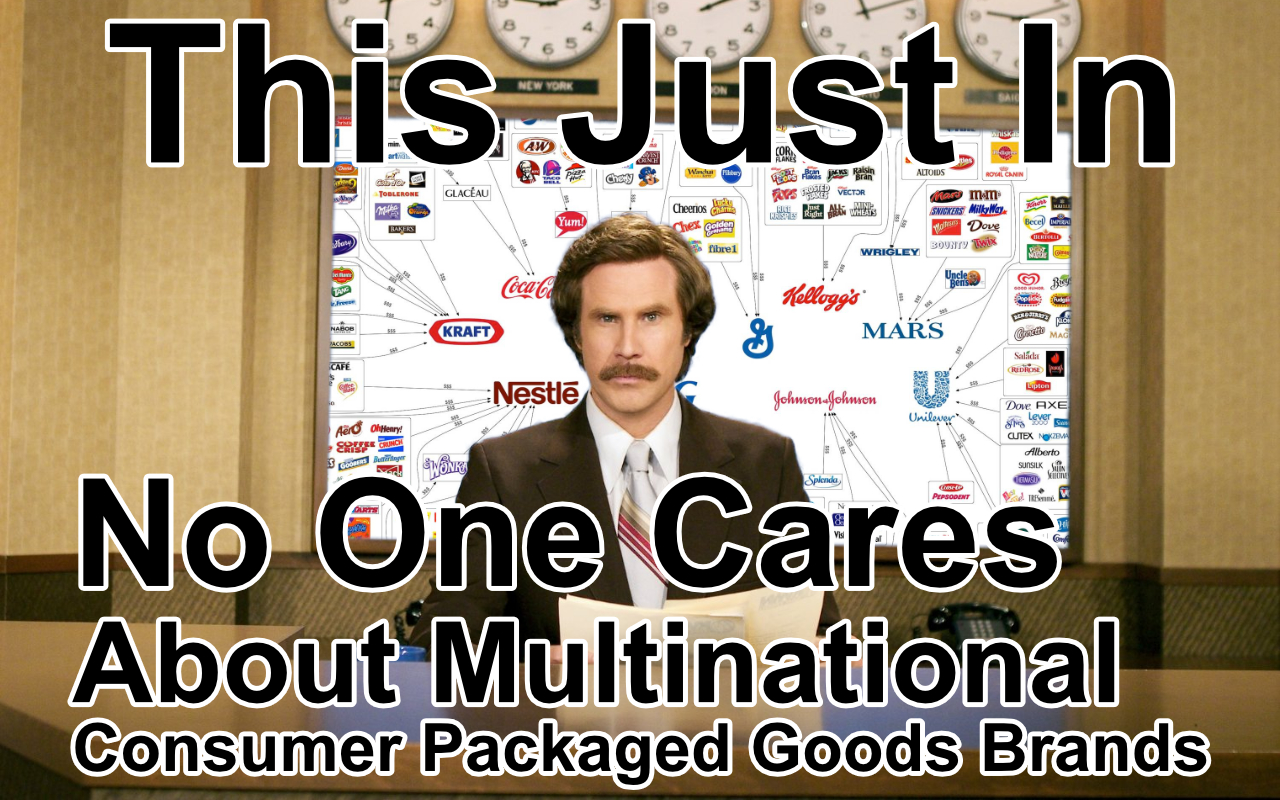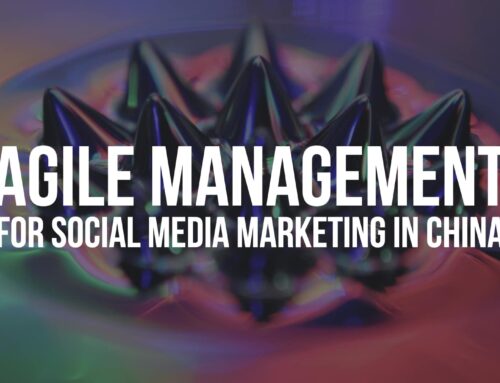A vast amount of goods are being purchased through online retailers, reducing the need for people to go to stores. Brand loyalty to CPG companies is also dying as the old “tried and true” paradigm continues to shift and lose traction. But CGP companies are at an enormous disadvantage compared to their competition: They lack direct feedback from consumers, whereas followers of influencers, especially wanghong, are part of the fan economy and direct-to-consumer relationship.
Across almost all categories, Multinational FMCG brands are losing the attention of Chinese consumers. Wanghong’s product brands are built around a deep understanding of their fans and customers, whereas CPG giants build their brands around the products they provide. Consumers are now more focused on buying from brands that share their values, ideals, and interests, something many big-name companies fail to leverage.
“The issue is built into the category: The large CPG companies don’t sell directly to their consumers. They sell to retailers, who then sell to consumers. So the CPG giants miss the whole fan economy direct-to-consumer relationship. They have no access to — or insight into — the people who actually buy and use their products.”
Can CPG Giants Save Themselves?
Large companies need to understand their brand name ties emotions, connotations, and stigmas to their products. That’s true for every large corporation, brand, and logo.
With this in mind, CPG giants should start:
1) Laying the foundation of trust and reliability with their customers again. Millennials and Post-Millenials are skeptical and grew up with a distrust of major corporations and financial institutions. They place more trust in bloggers, with whom they connect personally and in some cases look up to. Trust is as — if not more — important than having a reliable product.
2) CGP companies can build trust by connecting more with consumers. With social media, the daily offering of value added content is something everyone is looking to consume and is the starting point for tapping into the fan economy. A major way to give people that sort of connection is to take a lesson from wang hong and offer promotions or CSR. Wang Hong retain close relationships with their consumers through relevant videos and posts and win new ones by creating content that’s tailored to their followers’ interests. They understand how to keep their brand at the forefront of their followers’ minds and attract new fans with each post.
Can CPG Brands Utilise Fan Economy Instead of Fighting the Trend?
CPG brands can use wanghong to adapt to the changes and get themselves ahead of the curve. Wanghong are a great way for major brands to get more in touch with consumers and get valuable feedback. WeChat and Weibo, with over 1.2 billion combined users, are the most obvious social media platform choices for most brands.
In China, one recent example of a major Western brand working with a wanghong is Tod’s, an Italian luxury leather goods manufacturer. They collaborated with Mr. Bags, China’s king of handbags, to generate sales via WeChat. Like his previous campaign with Givenchy — where he sold 1.2M RMB worth of purses in 12 minutes — Mr. Bags helped boost Tod’s social media reach astronomically. News of Tod’s collaboration saw 20.6M views on Weibo and their brand mentions spiked 599% on WeChat.
If you’re thinking Tod’s isn’t exactly a CPG brand, you’re right. However, the effect wanghong have had on the most replaceable and fast-moving of CPG products has been even more pronounced. Influencers have changed how Chinese women do their makeup. Thanks to their content and videos on social media, make-up sales are expected to increase by 72% by 2021. Some of the most successful multinational brands in China are successful because of their social media strategies. No CPG company has come close to expanding their market as effectively with traditional advertising. And that kind of influence — to be able to change millions of people’s shopping habits by offering value rather than advertising — holds the key for CPGs that want to connect with consumers today, while staying abreast of the latest KOL marketing trends of the year.












Leave A Comment